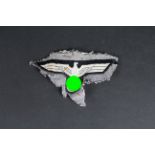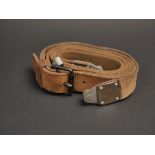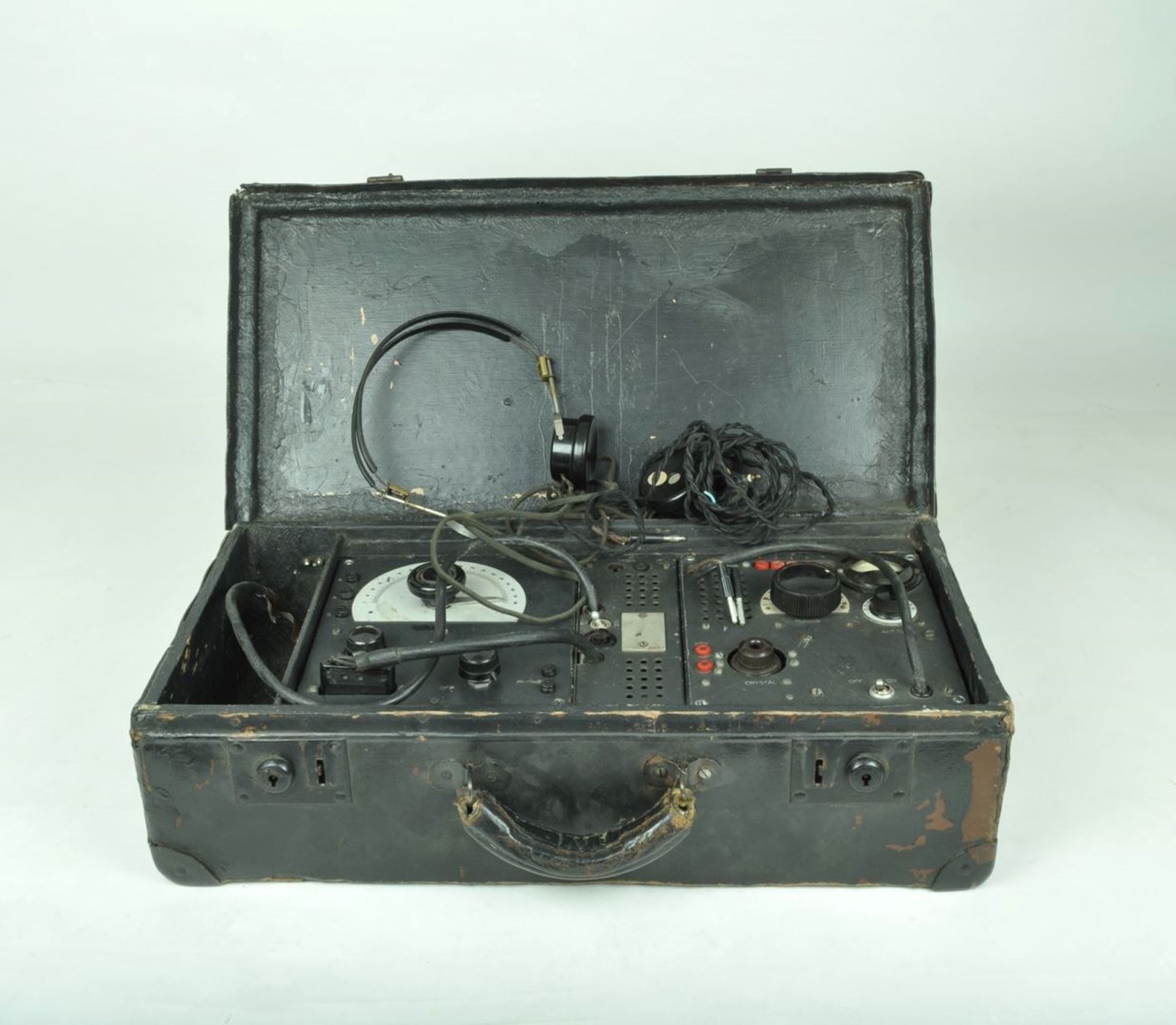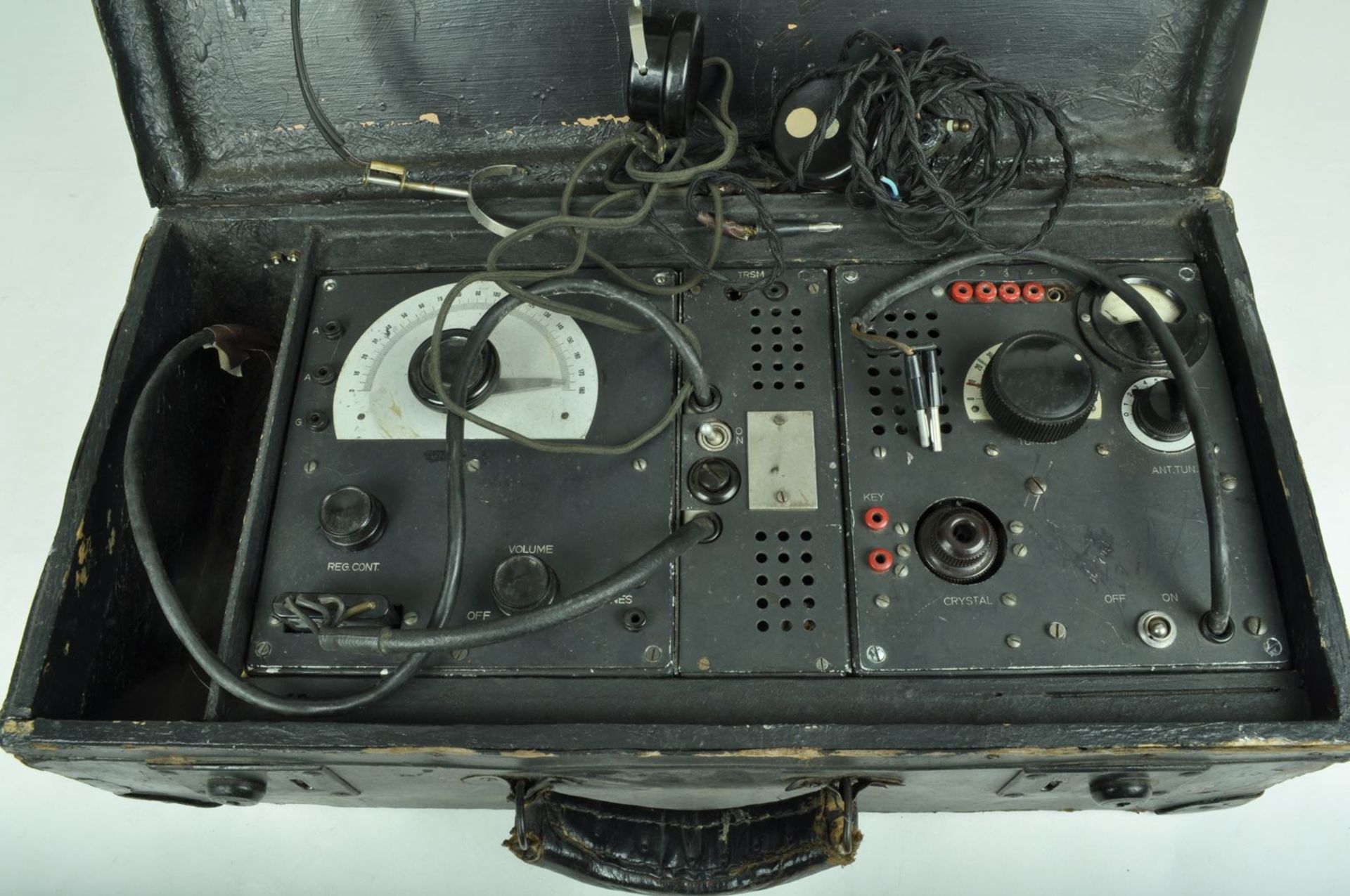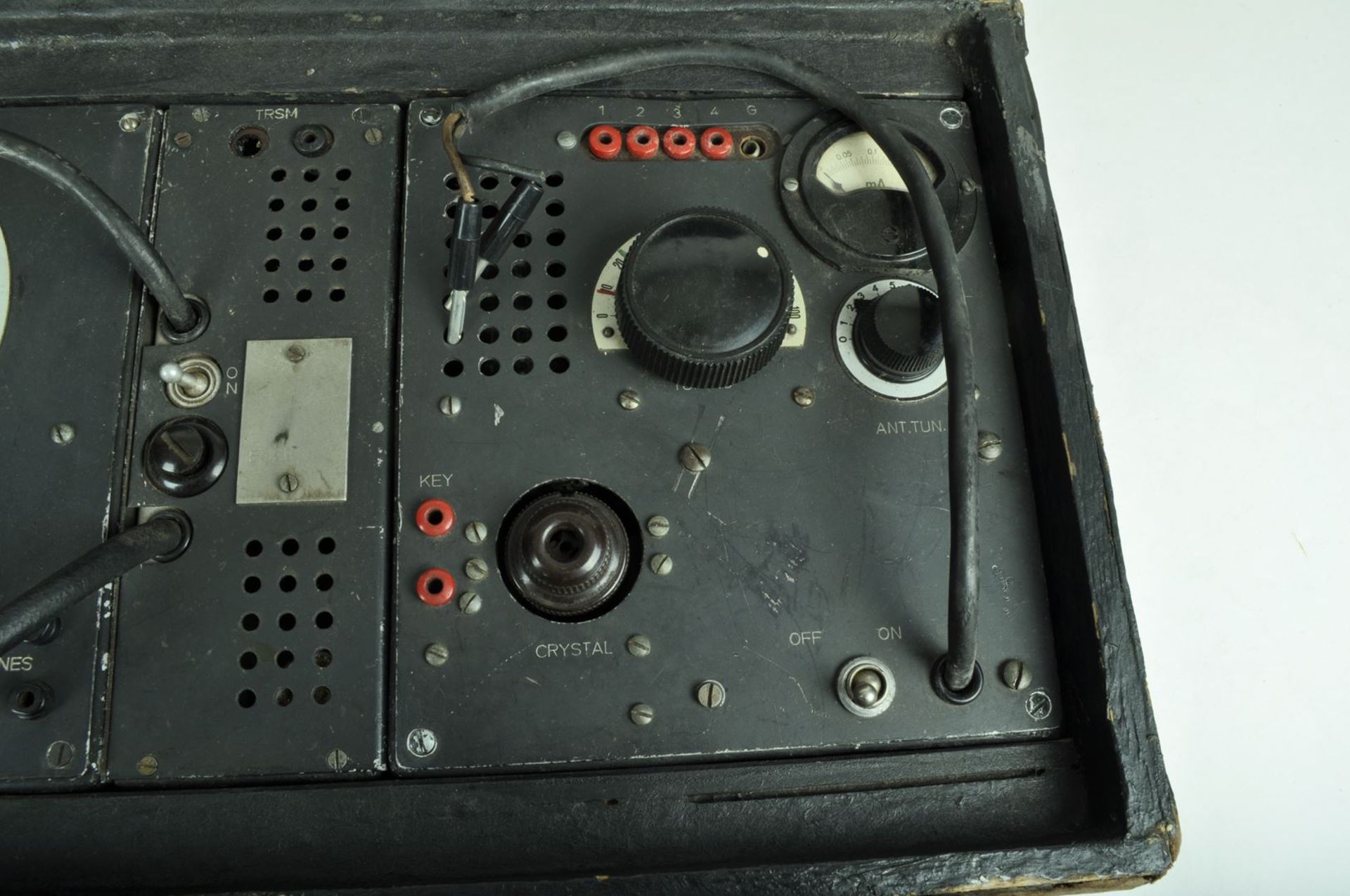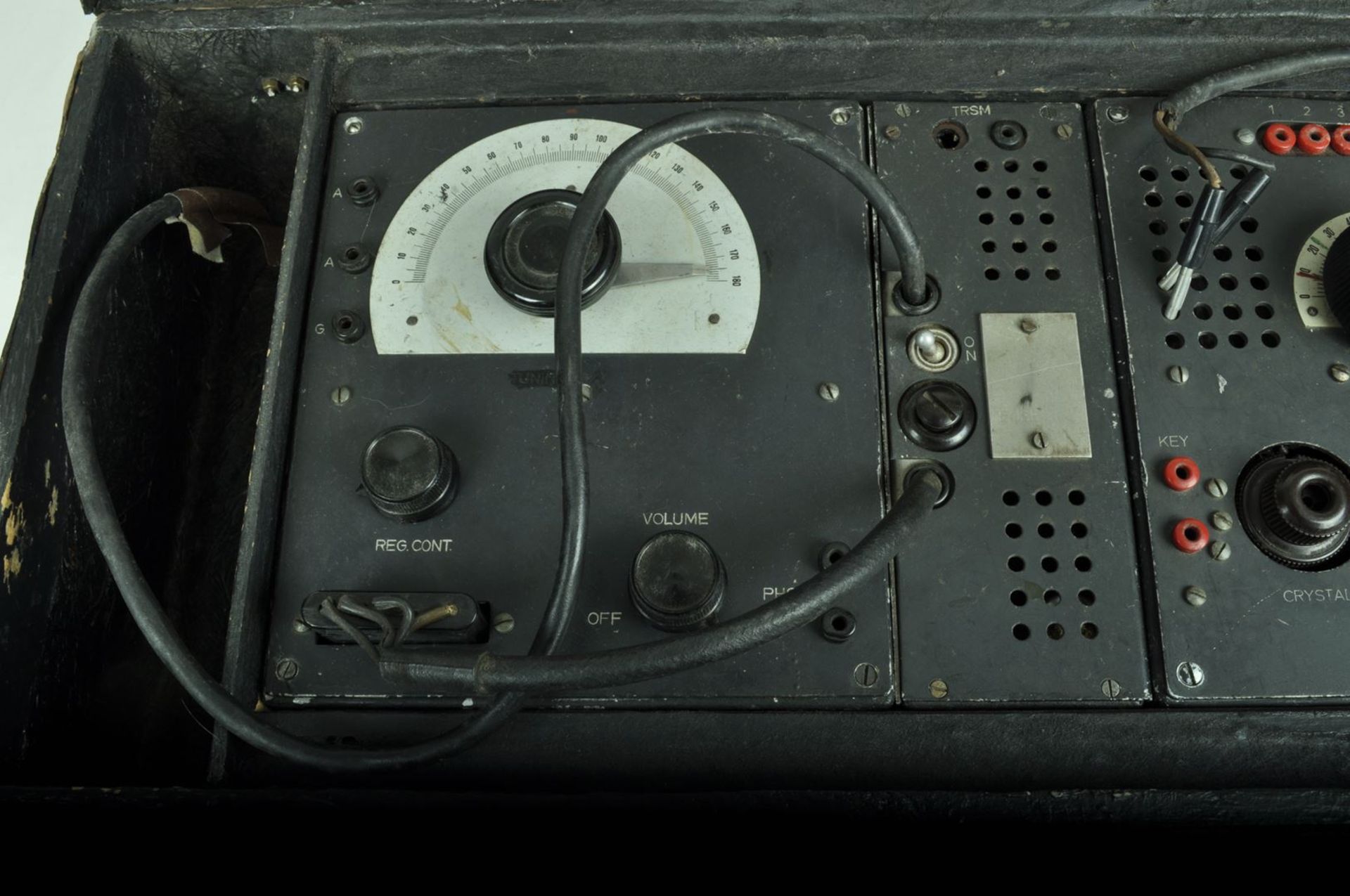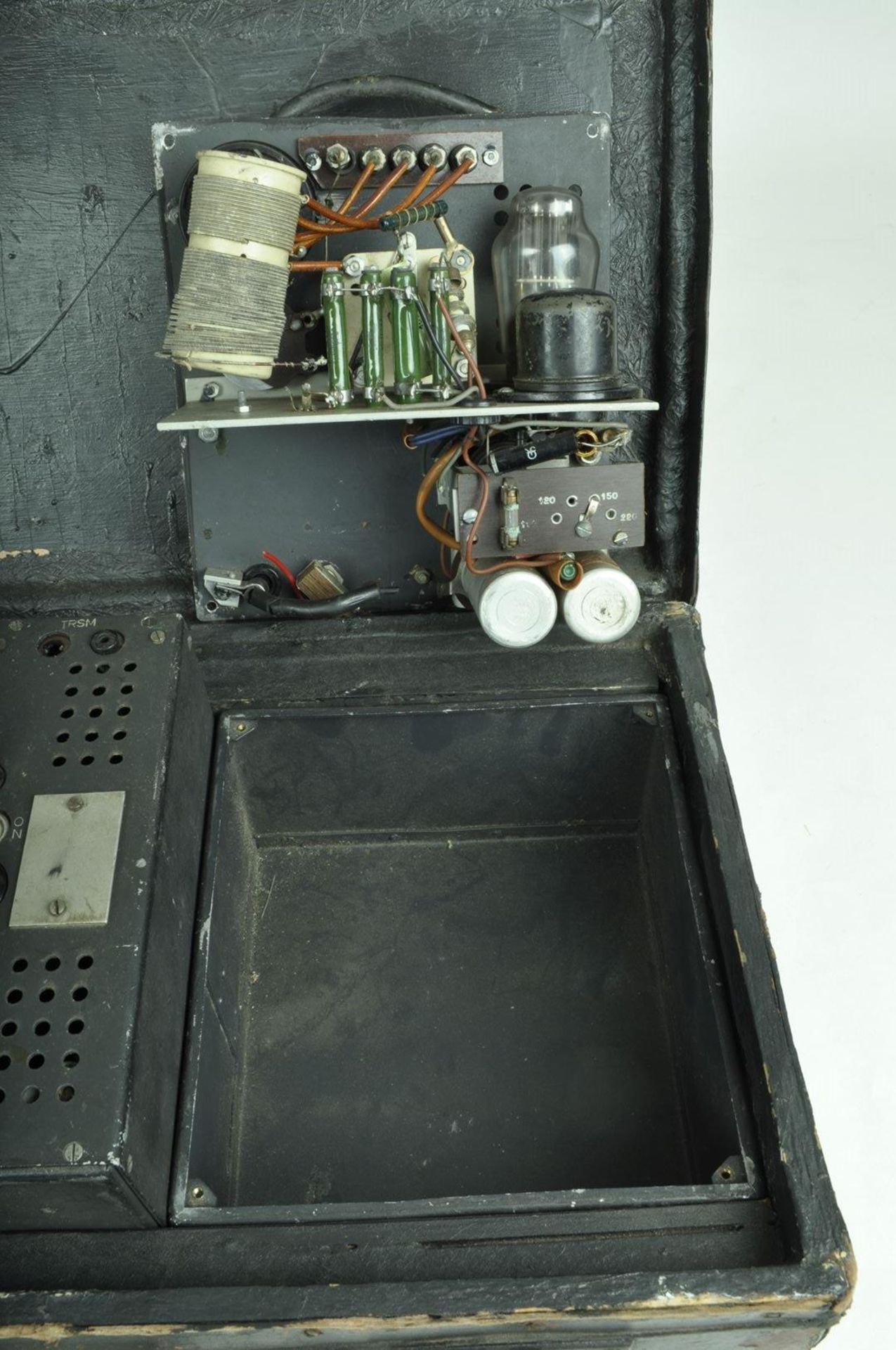189
Valise Radio Clandestine S-90/40 de lÕAbwehr.
German Militaria and Jean Pierre Chantrain collection
Sale Date(s)
Venue Address
WE DON T MAKE SHIPPING PLEASE CONTACT OUR SHIPPER OR YOUR SHIPPER
The Packengers
+33 1 76 44 00 90
hello@thepackengers.com
MAIL BOXES ETC.
Boulevard du Régent 54
1000 Bruxelles Belgique
Tél +3222422939
E-mail mbebrussels@mbebelgium.be
Site www.mbebelgium.be
Important Information
Visites and Preview period
Vendredi 30 : 9h 12h Friday 30th June 9h 12h Samedi 1 : 9h 12h Saturday 1st July 9h 12h Dimanche 2 : 9h 12h Sunday 2nd July 9h 12h Hall Manifagri avenue solvey 5 1300 wavre Belgique
WE DON T MAKE THE SHIPPING
Terms & Conditions
PREAMBLE AND GUARANTEES
The sale will be conducted in cash and in euros.
In accordance with the law, the information detailed in the catalogue is the responsibility of the auctioneer, and is subject to any corrections that may be announced during display of the item and recorded in the minutes of the sale. The report as to the condition of the lot and pertaining to accidents and restorations is made in order to facilitate inspection, and remains subject to personal examination by the buyer or their representative. The absence of such a resource in the catalogue does not in any way imply that the item is free of any kind of defects, nor that it has never been restored.
Prior display allows the buyer to see the condition of the goods. Therefore, no claim will be possible with regard to restorations and minor defects.
The lots are put up for sale as is, with their imperfections, their defects, and any possible errors in their description. Militaria Auctions cannot be held responsible for the descriptions and estimates included in the catalogues, which are purely indicative, including the condition classification proposed by Militaria Auctions. The same applies to the details concerning the signature, date, provenance, origin, and condition of the lots. The buyers, professional or not, have the opportunity to see and authenticate any lot and/or to request any information about it before the sale and during the exhibition.
Militaria Auctions reserves the exclusive right to photograph the lot and to include or not include a photo in the catalogue and on the website.
The photos presented in the catalogues and on the website are not contractual and are merely informative. The bidder (including the buyer) will form their own opinion of the lot and no claim of any nature whatsoever will be admitted, even if it concerns the description, the estimate, the content, or the condition of the lots in the catalogue or on the Website, after the auction.
In any event, Militaria Auctions can only be held responsible for damages up to the sum of the commissions actually received by Militaria Auctions from the seller and the buyer.
AUCTIONS
Auctions follow the order of the catalog numbers. Militaria Auctions is free to determine the order of the auctions, and bidders are required to follow it. The highest and last bidder will be the successful bidder. In the event that Militaria Auctions declares a double bidding to have occurred, the item will be put back on sale and all the collectors present will be able to take part in the second auction. From the moment they are sold, the objects become the entire responsibility of the buyer. It is up to them to insure the lots as soon as they are sold.
However, Militaria Auctions reserves the right to refuse a bid or to exclude a bidder at its own discretion, before or during a sale.
The bidder can make absentee bids and participate in auctions by telephone (for Catalogued Sales). In the latter case, the bidder must confirm their participation in the sale by letter or email and communicate their identity, and any information that may be requested by Militaria Auctions. Militaria Auctions reserves the right to request bank details.
Militaria Auctions cannot be held responsible for any errors made by the bidder, including when indicating the lot number or the telephone number; nor for any problems in communication and/or receipt of emails or letters (e.g., busy phones, interrupted lines, cell phones, etc.).
The bidder is aware of and accepts the risks inherent in this process. If two purchase orders concern the same lot for the same amount, preference will be given to the order that arrived first.
WITHDRAWAL OF PURCHASES
Starting from the moment of sale, the object will be the entire responsibility of the successful bidder. The buyer will be responsible for insuring their acquisitions themselves, and Militaria Auction declines all responsibility for any damage that the object may incur from the moment that the purchase is made. All formalities, in particular those concerning the export as well as the transport of the object remain the exclusive responsibility of the purchaser.
Depending on its volume, the object can be stored at our premises. Storage costs will be paid by Militaria Auction for one month starting from the date of sale. Beyond this period, the rate will be €25 inclusive of VAT per month, up to 5m3.Collection of the acquired lot must be arranged by appointment and requires presentation of the payment slip. Payment remains due even during closing periods.
CATALOGUED AUCTIONS
Catalogued auctions are conducted in person on a given date and are preceded by an exhibition of the lots for sale (with the exception of lots for sale, which may nevertheless be examined at the place where they are located). Catalogued sales take place under the aegis of a court bailiff and an auctioneer. In the event of a dispute, only the court bailiff or the auctioneer present may decide to re-offer the lot. Their decision is definitive and is binding on all parties, without any possible dispute
.
ONLINE AUCTIONS
Online auctions take place exclusively on an Internet platform. They are systematically preceded by an exhibition during which all lots can be examined "physically" by any interested person. Auctions are created automatically by a computer system according to the general principles of auctions.
In the event of a dispute concerning the bids, the data recorded by the computer system is considered valid and Militaria Auctions will determine the winning bidder on this basis alone. Such as decision is irrevocable and binding on all bidders, without any possibility of dispute.
Militaria Auctions may cancel, postpone, extend, or end an online sale without further notice to sellers and bidders, potential or actual. Militaria Auctions may reopen an auction after an interruption, namely in the event of a problem on the website that has prevented users from accessing the website in an optimal manner, and at the time and in the manner it deems most appropriate. Militaria Auction shall have the sole right to decide whether or not to postpone an auction in the event that the live auction is interrupted.
PAYMENT
Payment of the bill of sale must be made within fifteen days of its receipt. In the event of payment delay or non-payment within one month of receipt of the bill of sale, Militaria Auctions reserves the right to charge a monthly penalty of 5% of the total amount of the bill of sale.











